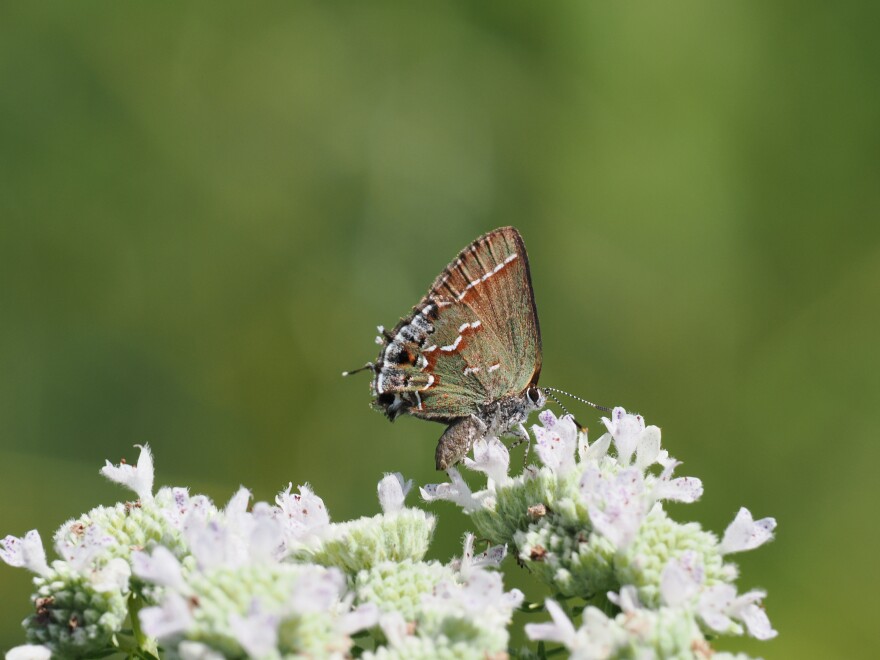Local citizen scientists are counting butterflies this month as part of a long-running survey.
About 20 volunteers donned binoculars and searched for the pollinators in Clermont County on July 19 as part of the North American Butterfly Association’s Count Program. The annual count monitors the insect’s population, which can serve as an indicator of an ecosystem’s health.
“Butterflies are like a canary in the coal mine — they are very susceptible to pesticides and the warming climate,” said Tammie Stanley, who organized this year’s count.
The volunteers counted 1,333 butterflies, compared to 1,305 last year. They also observed 43 species of butterflies, two fewer than last year.
“This year we didn't have any meadow fritillaries, which is very sad,” Stanley said. “And, we had no common buckeyes. Common buckeyes are named that because they are common. We didn't have a single one on our count.”
Nationwide, butterfly populations are declining because of habitat loss, climate change, and pesticides. Between 2000 and 2020, the number of butterflies in the U.S. fell by 22%, according to a study published in the journal Science.
The study’s authors say insects play a ubiquitous role in ecological processes, from pollination to pest control. Their shrinking populations are “particularly distressing.”
Stanley said there were bright spots during this year’s count, like when some of the volunteers saw 177 juniper hairstreaks.
“They're a little green butterfly. They're about an inch tall. They're stunningly beautiful, and they're very hard to find. They like to fly around cedar trees,” Stanley said. “But 177 in one small area is just fabulous.”
She says the butterflies were nectaring on native plants in someone's yard.
Stanley says she hopes the results of the count will encourage people to change their practices to provide more habitat for pollinators, starting at their own homes.
“I don't want them to spray, and I want them to plant natives — I think they're very important,” Stanley said.
She’ll submit the Clermont County butterfly count results to North American Butterfly Association. The organization compiles data from 450 annual counts across North America into a report detailing the geographic distribution and population sizes of butterfly species.
Read more:

